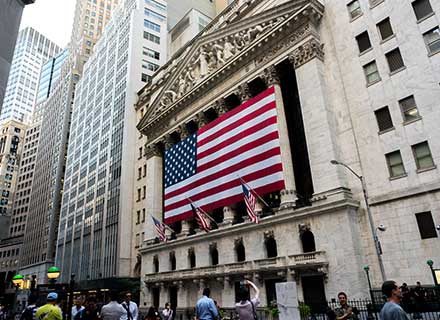Since 2022, America’s stock market has been a bit erratic. There is a weekly debate about whether the prices will end with an up or down. The US economy suddenly shrank in the first quarter of 2022.
The pandemic, supply chain crisis, and the Russia-Ukraine war have pushed the cost of living extremely high. Food, cars, and oil prices have become very expensive, and inflation is the new buzzword. Likely, it won’t be ending so soon. Investors have already started fearing that a recession is nearby.
Slower growth squeezes profit. So does higher costs. There are many impediments to growth that businesses and consumers face in the post-pandemic economy. Debt-service prices are skyrocketing with increased interest rates. Rising wages are the biggest problem businesses face now.
The job market in America is very competitive, labour is in demand, and wages have gone up. Now corporate America wonders whether it should bear high wages and reduce profits or pass on the expenses to the consumer and contribute to the soaring inflation. More inflation means more interest rates and more expensive borrowing, which leads to slower growth. It is a vicious cycle.
It has become tedious for people to keep up with prices. People like retirees are the worst hit as they live on fixed incomes.
The Federal Reserve monitors risks to the financial system and is working to ensure that the system supports a healthy economy for US households, communities, etc.
The Federal Reserve increased its benchmark short-term interest rate by almost 0.5%. It is the largest hike since 2000.
The Fed aims to reduce consumer and business demand for goods and services. It becomes unlikely that an average US citizen can afford a new home or car in this economy.
A survey conducted on US companies shows that employers are now budgeting on an average salary increase of 3.4%, which is less than half the current inflation rate.
Inflation is moderating with Fed’s emergency steps, and demands are weakening, though the S&P 500 and Nasdaq are crashing down.
However, it is not all bad news. Some investors predict a bear-market bounce and theorize that if enough traders have sold stocks, there will be fewer potential sellers to drive prices down further. But stocks are more than demand and supply at an exchange as there are many macroeconomic factors at play.
The silver lining is with the sharp rise of bond yields, mortgage rates, spreads on corporate bonds, and the climbing dollar. Share prices have slumped, and the Federal Reserve has acted quickly to evade an economic crash. It might not seem like much, but every bit counts during a gloomy season on Wall Street.

